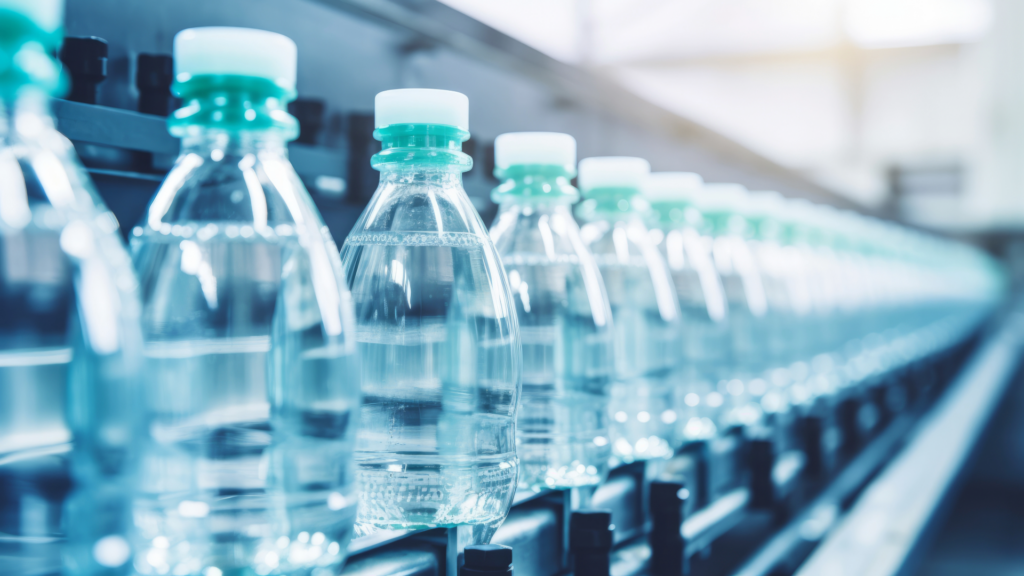
A single liter of bottled water can contain hundreds of thousands of tiny plastic particles. That was the highly alarming conclusion of a new study that employed an advanced laser to accurately measure microscopic plastic particles, including nanoplastics, the tiniest sized plastic particles (which measure as small as 100 nanometers).
For this study, scientists analyzed three common US bottled water brands. Of the plastic particles identified, 90 percent were nanoplastics, and 10 percent were microplastics. They found an average of 240,000 plastic particles per bottle—100 times higher than some former estimates. Ten percent of the plastics identified were from known sources, including the plastic water bottles, filters used in manufacturing the water, and various other industrial plastics, while 90 percent were unidentifiable.
What makes nanoplastics so ominous is their high concentrations in combination with their exceedingly small size. Because they are so minute, they can readily enter our bloodstream and our cells, invading vital organs, including our brains. They also cross the placenta where they can enter fetal tissues. These chemicals disturb the body’s hormone systems and can cause cancer, diabetes, obesity, reproductive disorders, neurological impairments of developing fetuses and children, and death.
A recent report just estimated plastic exposures in the US account for $250 billion in health care costs. All of this underscores the importance of doing everything you can to avoid eating and drinking things that have come into contact with plastics and to get rid of all plastics in your kitchen.